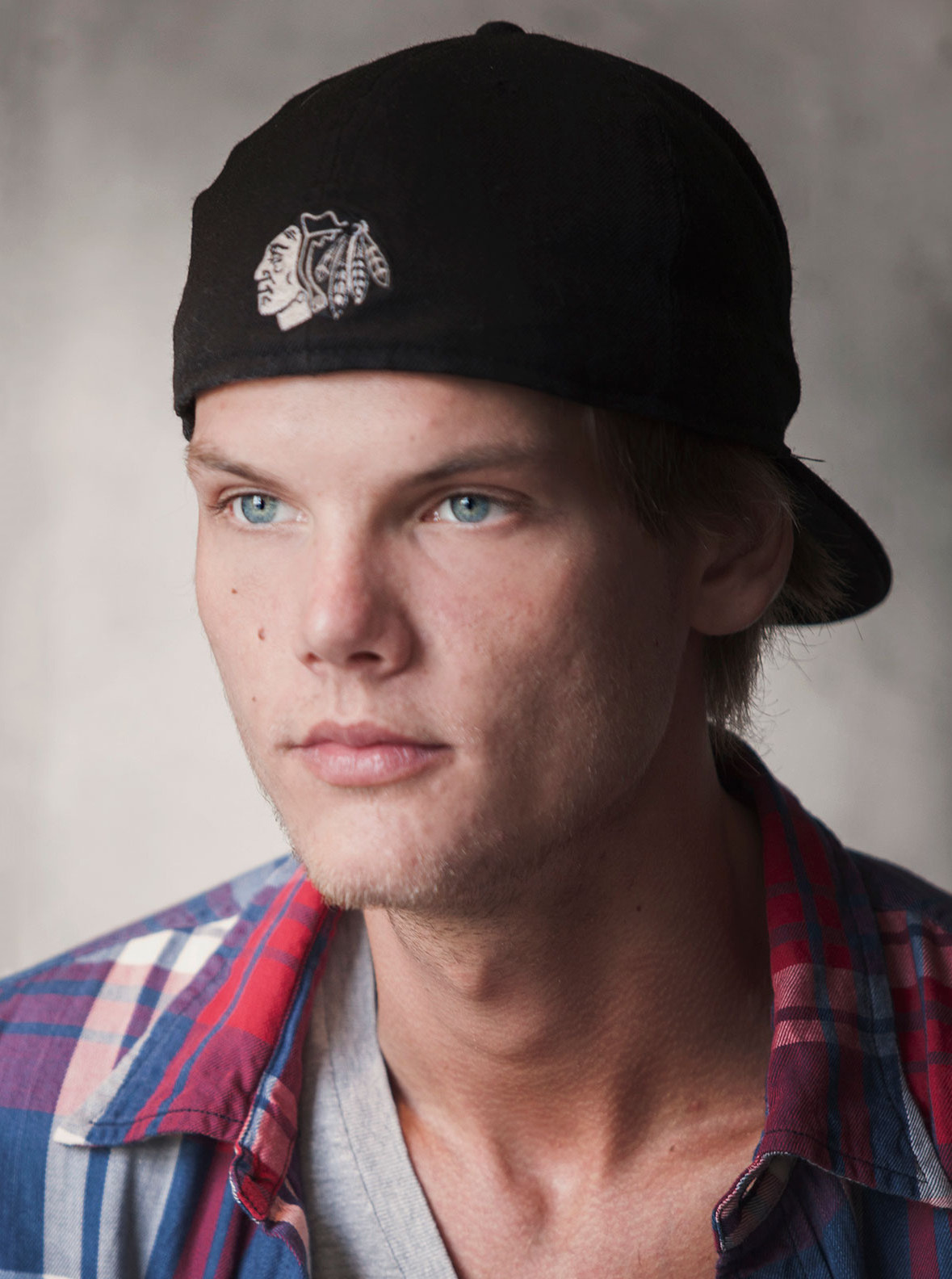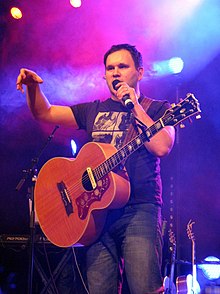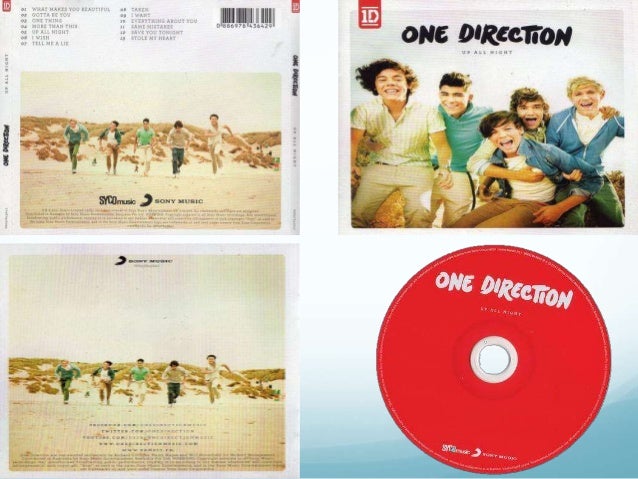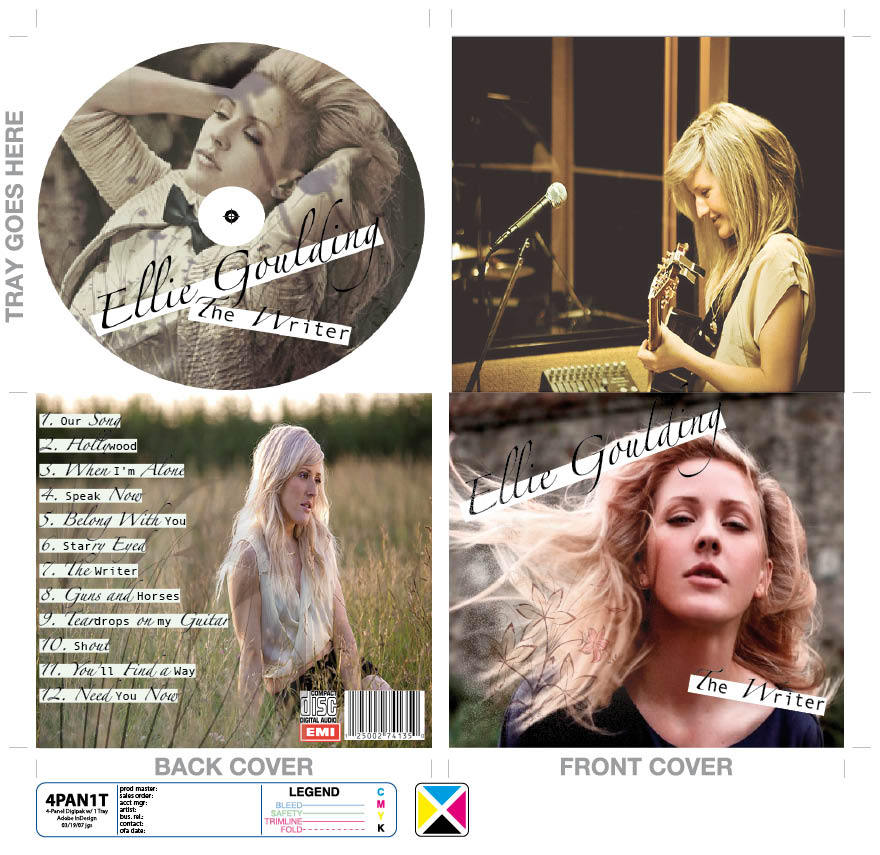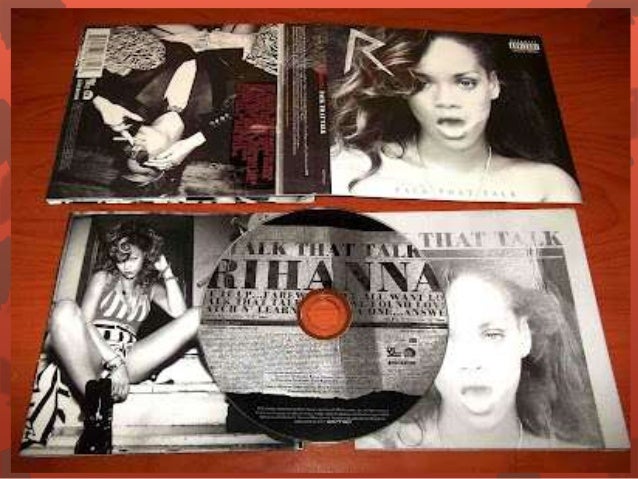1 - Relationship between the lyrics and the visuals.
- Themes, mise-en-scene and events of the video match with lyrics of the song, to help to portray the message of the song.
2 - Relationship between the music and the visuals.
- The cuts and edits of the video are in sync with the rhythm and beat of the song matching cuts or effects to specific drum beats or notes.
3 - Music videos have genre characteristics
- Certain features are expected out of a video depending on the genre of the music, for example a girl bands/artists are expected to have dancers and close ups of the singers, whilst a Indi band are expected to have performance shots ofthe band and cut to a fast beat.
4 - Often due to the demands of the record label, artists videos will include many close ups of the artist and will often develop motifs that recur across multiple videos
- This allows the record label to promote a set image for the band, which will help target audiences empathise with the band.
5 - Emphasis on 'looking'
- The 'male gaze' is often used to attract a male audience. The male gaze is a focus on presenting things that appeal to men. This often means a voyeuristic view of, and an objectification, of women. The emphasis on looking also includes the artist looking directly into the camera helping the audience connect with the artist.
6 - Intertexual references.
- Music videos reference other forms of media, most commonly film, but can also be television and other music videos.


